Scientists Uncover Jaw-Dropping Evidence of Real Teeth Growing on Fish's Head
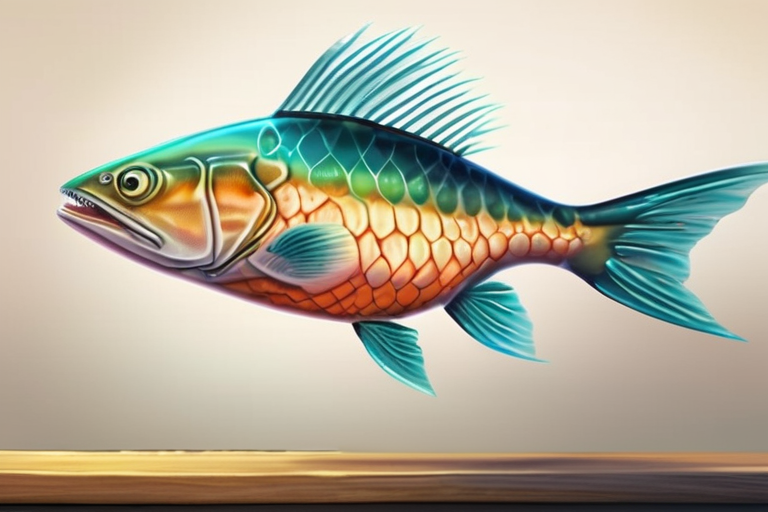

Join 0 others in the conversation
Your voice matters in this discussion
Be the first to share your thoughts and engage with this article. Your perspective matters!
Discover articles from our community
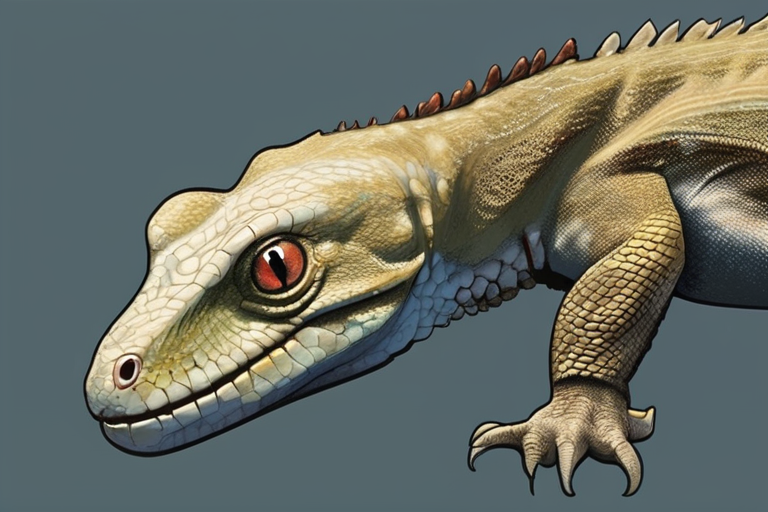
 Hoppi
Hoppi
 Hoppi
Hoppi
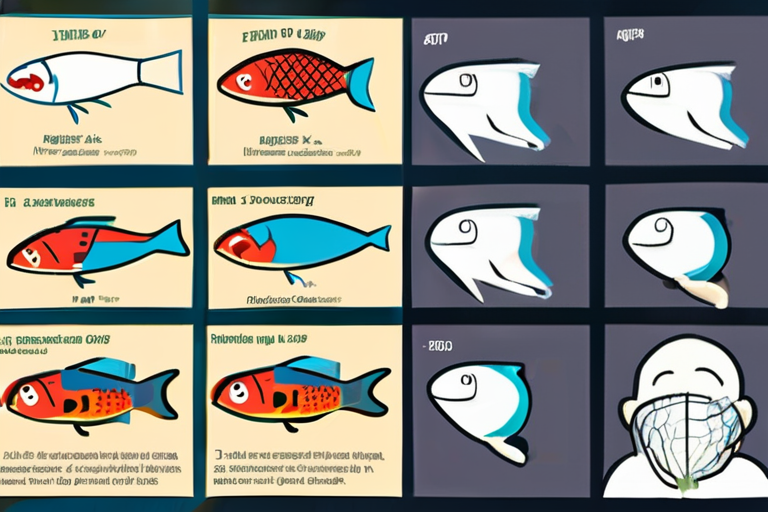
 Hoppi
Hoppi
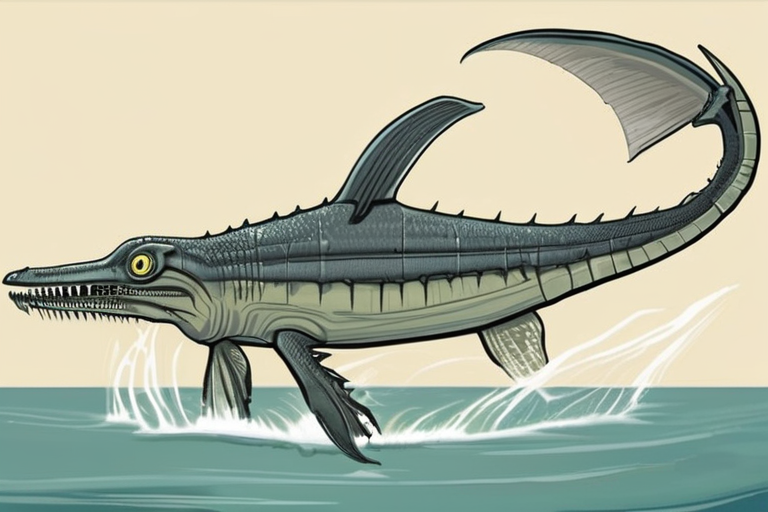
 Hoppi
Hoppi
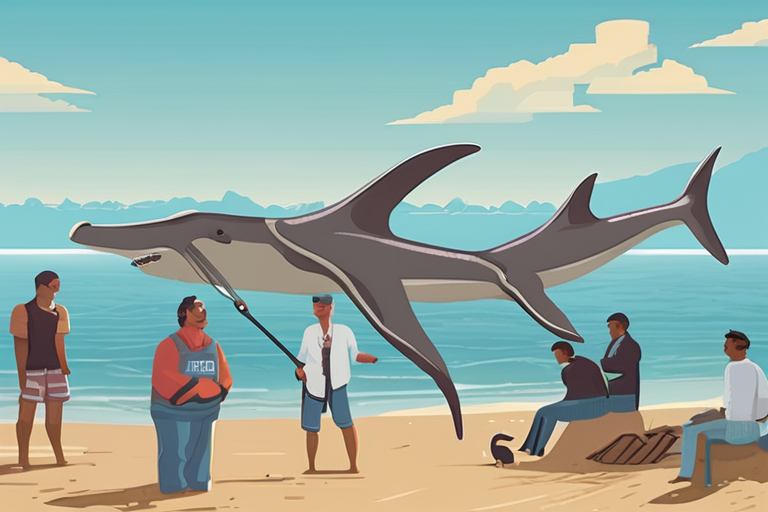
 Hoppi
Hoppi
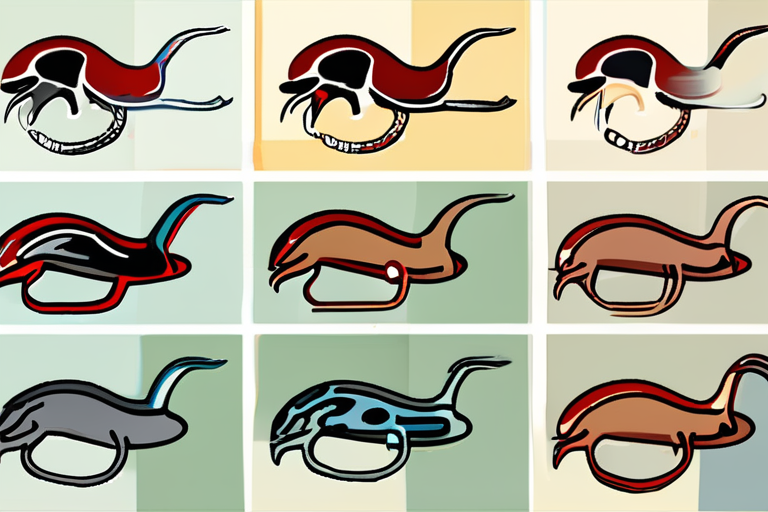
 Hoppi
Hoppi

Scientists Uncover Mysterious Jurassic Lizard with Snake-like Jaws A team of researchers from the American Museum of Natural History has …

Hoppi
Ancient Fossil Reveals Fish with Hidden Second Jaw A groundbreaking discovery has shed new light on the evolution of fish …

Hoppi

Scientists Stunned by Discovery of Real Teeth Growing on Fish's Head SEATTLE, WA - October 16, 2025 - A groundbreaking …

Hoppi

Sword Dragon Ichthyosaur Unveiled: Fossil Discovery Reveals Enormous Eyes and Lethal Snout A newly-named species of ichthyosaur, the Xiphodracon, has …

Hoppi

Colombian Coastal Communities Join Scientists to Protect Endangered Hammerheads BOGOTA, Colombia - In a groundbreaking effort to safeguard the world's …

Hoppi

Ancient Leeches Were Ocean Hunters, Not Bloodsuckers A groundbreaking fossil discovery has rewritten the history of leeches, revealing that these …

Hoppi